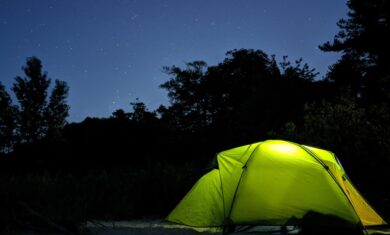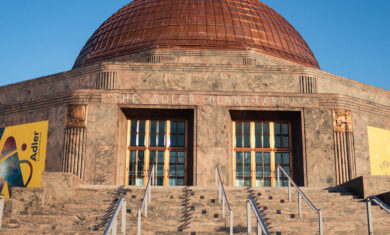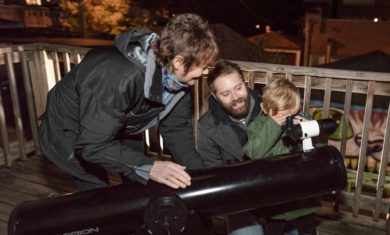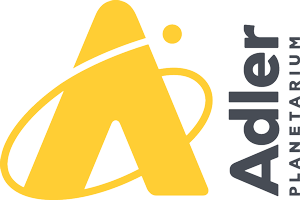Astrophotography 101
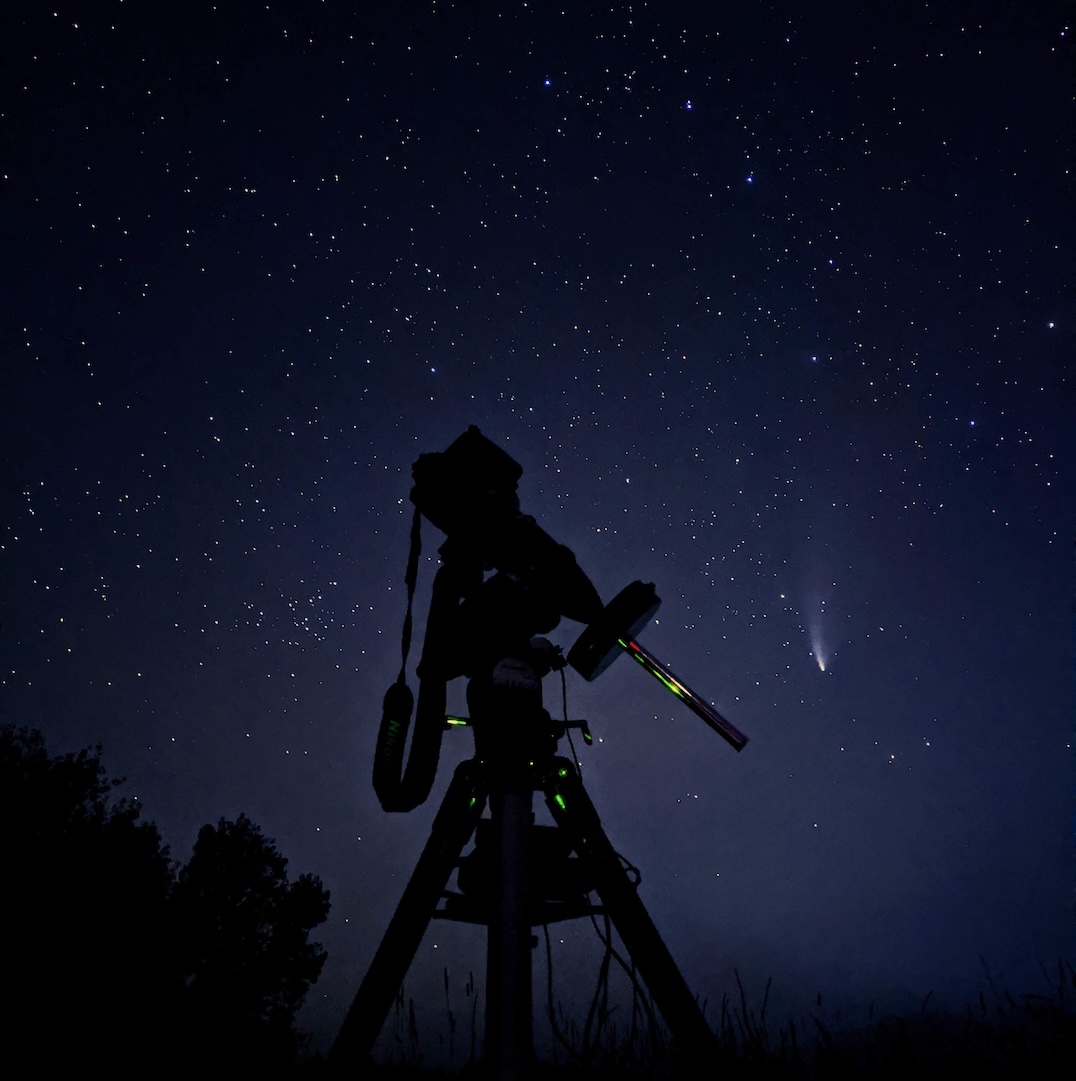
Image Caption: Camera attached to telescope shooting a comet in the night sky. Image Credit: Nick Lake
Ring lights are out, but Saturn’s rings are in and ready to be photographed. Before setting your eyepiece on Saturn’s rings, let’s get down to the basics of getting started with astrophotography, including all the equipment you may need to get started.
Telescopes alone can be several hundred dollars. Before investing in one, get an overview of different astrophotography setups, including that cellphone in your backpocket.
With these astrophotography tips for beginners, you should feel confident to start taking your own photos of the skies and what lies beyond them.
Astrophotography For Beginners
There are endless setups for astrophotography. If you are new to astrophotography, one of the easiest ways to start feeling more comfortable and confident is to start by using something that most people have on their person 24/7, a smartphone.
As with any new hobby or profession, when it comes to choosing what equipment is right for you, consider how much time, effort, and money you are willing to invest. These are the largest factors in determining the quality of images you will be able to produce.
Astrophotography Using A Cell Phone
Using your cellphone for astrophotography is absolutely possible, but it can be very unpredictable. For photographing the night sky with a smartphone, it is recommended to take longer exposure photos and also switch your phone’s camera to night mode. This allows for the camera to capture more light, allowing your objects in the sky to appear brighter in the final photo.
If you are trying to capture a wide angle photo of the sky, consider purchasing a tripod to stabilize your phone when taking photos. Many smartphone cameras even allow you to adjust settings such as brightness and exposure.
You can broaden your photography potential, and celestial subjects, by purchasing a telescope and an adapter to take photos with your phone. This will give you a much more close-up view of things like the Moon.
Though, it can be tricky to perfectly align the lens of your smartphone camera with the lens of the eyepiece. This is one reason why some astrophotographers prefer adaptable setups for cameras and telescopes.
Cell Phone Astrophotography Equipment & Tips:
- In your phone’s settings, adjust brightness to night mode and long exposure
- Tripod, for phone stabilization
- Telescope and adapter, allowing you to take much more close-up views with your phone
Related blog: What to See When Observing The Night Sky
Astrophotography Using More Advanced Tools
Telescopes can be a large investment, and we recommend getting involved with local astronomy clubs or even checking out your public library to see if there are opportunities for you to use a telescope before making the investment on your own.
Before you click “purchase now,” another smaller investment you can make before making that large purchase is trying out a pair of 10x binoculars or a small spotting scope. You too can be the modern Galileo with a small spotting scope; with it you may be able to see Saturn’s rings or even some star clusters.
Now, we aren’t going to tell you the best telescope or camera for astrophotography. Why? Because it depends on what you are hoping to capture! Regardless of your astrophotography subject, we can give you a few tips that will help you regardless of your celestial subject.
There is a big difference between visual and photographic needs for astrophotography. The same advice for visual observations is typically not the same for astrophotography. Small format refractors are actually really good at capturing nebulae and galaxies for astrophotography because it isn’t important that they gather enough light right away for your eye to see. What’s needed is high-quality glass so that long exposures look as good as possible.
Lots of incredible astrophotography is done with telescopes that are only 2″ in aperture! A larger reflector can work well, but would also require a bigger mount and tripod to support it and overall reflectors are more finicky and require more careful maintenance in comparison to a refractor.
You may be surprised to find that many of the galaxies and nebulae are shockingly huge in the night sky. The Rosette nebula is around 4 full Moons across the sky. You can’t use a long focal length for a lot of these unless you’re planning to just photograph a small area of the object or doing a mosaic.
Afocal imaging can be done using a smartphone and a telescope, capturing images like the Moon. But if you are ready to take the next step into deep space photography, you need a telescope that will act as the lens of your camera. This usually involves a variety of camera adapters, whether you are shooting with a phone or a professional camera. If you don’t want to mess with adapters, there are combination telescope cameras you can purchase, so you don’t run into any issues with correct adapters.
Astrophotography Cameras
Generally, astophotography professionals and hobbyists use a computerized mount, or at the very least a tracking electric mount. Although it is possible to take great photos with just a camera or telephoto lens and a tripod, this can limit the exposure time.
“DSLR cameras are another piece of technology you may already have at home. You may not realize what great results you can get with just a camera and standard lens for astrophotography,” Manager of Theater Experience at the Adler Planetarium, Nick Lake.
For Milky Way images, though, you are able to use a short lens and dslr on a tripod. A solid mount will allow you to take long exposure images without shaking the camera and telescope, helping you create better astronomical images.
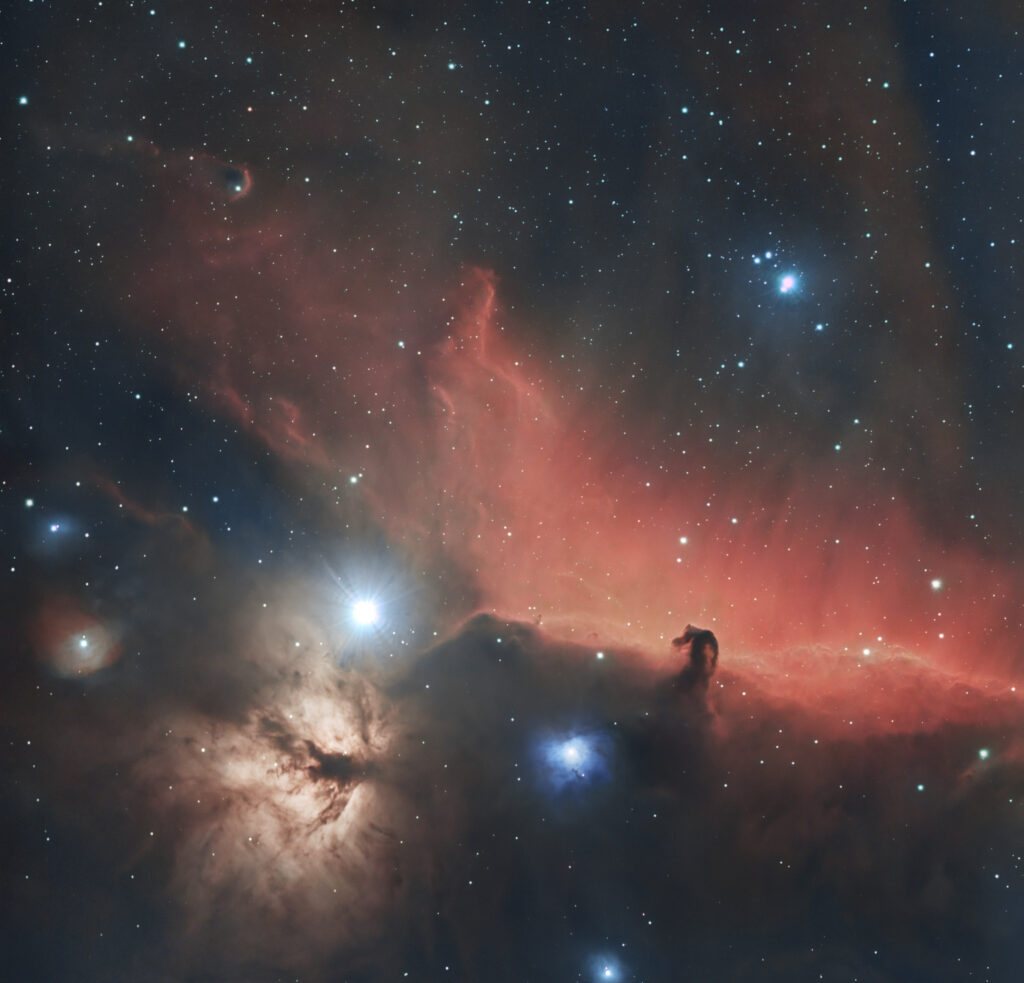
The most important consideration, what do you want to photograph? Each telescope, cameras and filters have their own strengths. Depending on what you want to capture you will want a telescope with a short focal length refactor for shooting celestial happenings like a total solar or lunar eclipse. A long focal length refractor will allow you to photograph planets or clusters.
Related blog: Choosing A Telescope
Telescope Astrophotography Equipment & Tips:
- Although you are rarely using an eyepiece for astrophotography, there are some exceptions for solar or lunar photography. In those cases, same as visual astronomy it is recommended to choose your aperture to match the objects you want to capture. We recommend magnification of about 30-40x per inch of aperture.
- Filters may be useful, especially for our Chicago locals that have more light pollution. An UltraHigh Contract or Light Pollution filter will allow you to see more up in the sky, especially for nebulae.
- If you are not using a computerized mount device or technology like Seestar, starcharts may be needed to help you find WHAT you are looking for in the sky and throughout the year you can find it while looking up.
A Peek Into Astrophotography At The Adler Planetarium
If you have tuned into any of our Sky Observer Hangout episodes, you may be familiar with the camera that we use in the Doane Observatory. Instead of putting in an eyepiece with the telescope, we use a camera. For this camera, the light falls onto a chip, and that is converted to an image. The longer the exposure time is, the more light the chip gathers and the brighter our image will be.
We use a computer program called sharpcap to change the exposure time or electronically bump up the brightness of the generated image, which is called gain.
If you are looking to see more visual examples of our astrophotography set up as well as some more in-depth astrophotography tips, you can watch our Astrophotography Sky Observers Hangout episode.
In the video above, you will see our staff talking about and using the Seestar s50 telescope and a camera all in one, showcased in our Astrophotography episode above, is a smart telescope so you can operate this telescope completely from an app on a mobile device. The Seestar captures objects in the night sky, but it can also capture bright objects like the Sun and Moon, though many other telescopes have the same capabilities and features.
When taking research images at the Adler, we do things a little bit differently than our typical setup. Instead of our full-color camera, we use a monochrome camera. This is done to avoid losing any of the science information embedded in the images, and then we use a filter wheel to take images using different color filters.
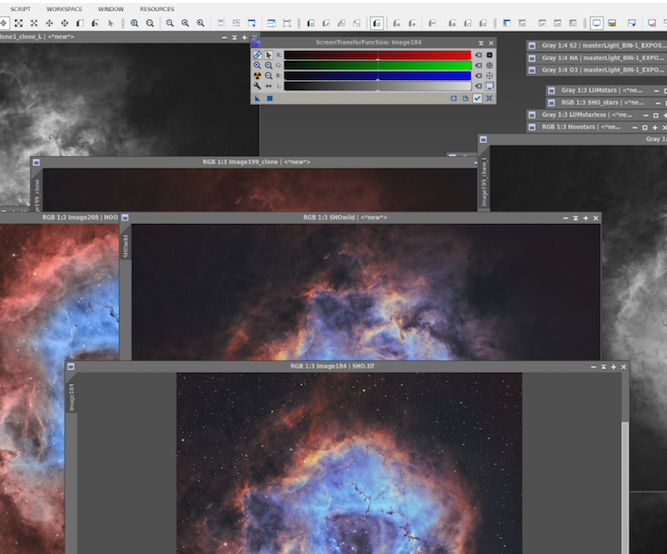
If you are interested in checking out our telescope in-person, the Doane Observatory is open most Wednesdays, depending on weather. You can join our Facebook group ‘Scopes At The Adler to stay updated on opportunities to observe the daytime or nighttime sky from the Telescope Terrace or through our Doane Observatory telescope on Wednesday nights!
For even more sky observing resources, check out our Sky Observing hub! We even have a free downloadable skywatchers companion guidebook you can use to document and sketch out your observations while looking up.
Share Your Astrophotography With Us
We love knowing you were out there connecting with the sky and observing! Use the hashtag #lookup when posting your celestial views and tag the Adler Planetarium, and you may just get featured on our socials.
Follow the Adler Planetarium on Instagram, TikTok, and YouTube or sign up for our emails to get the latest breaking space news, Adler happenings, and event information directly from us!




